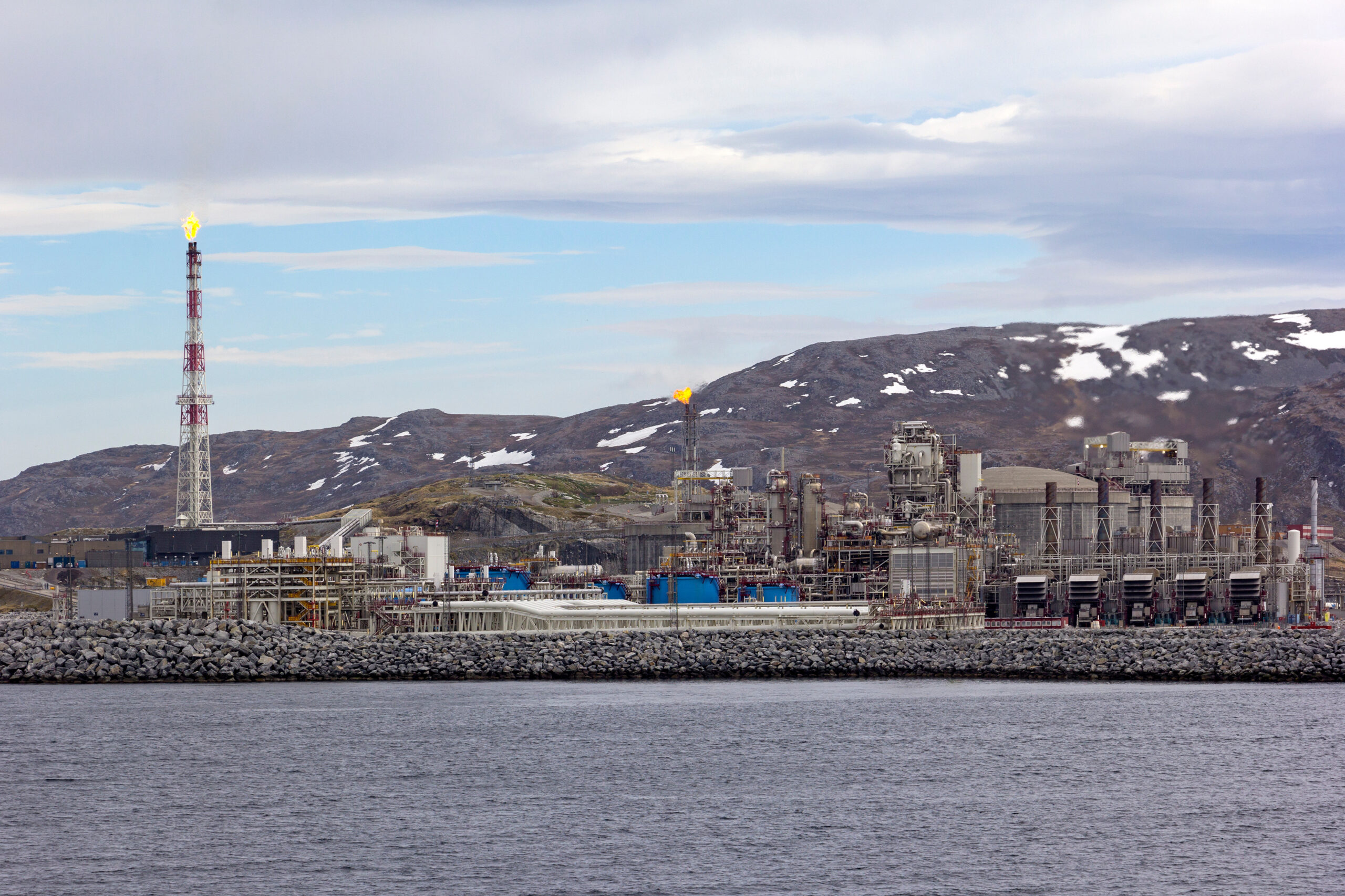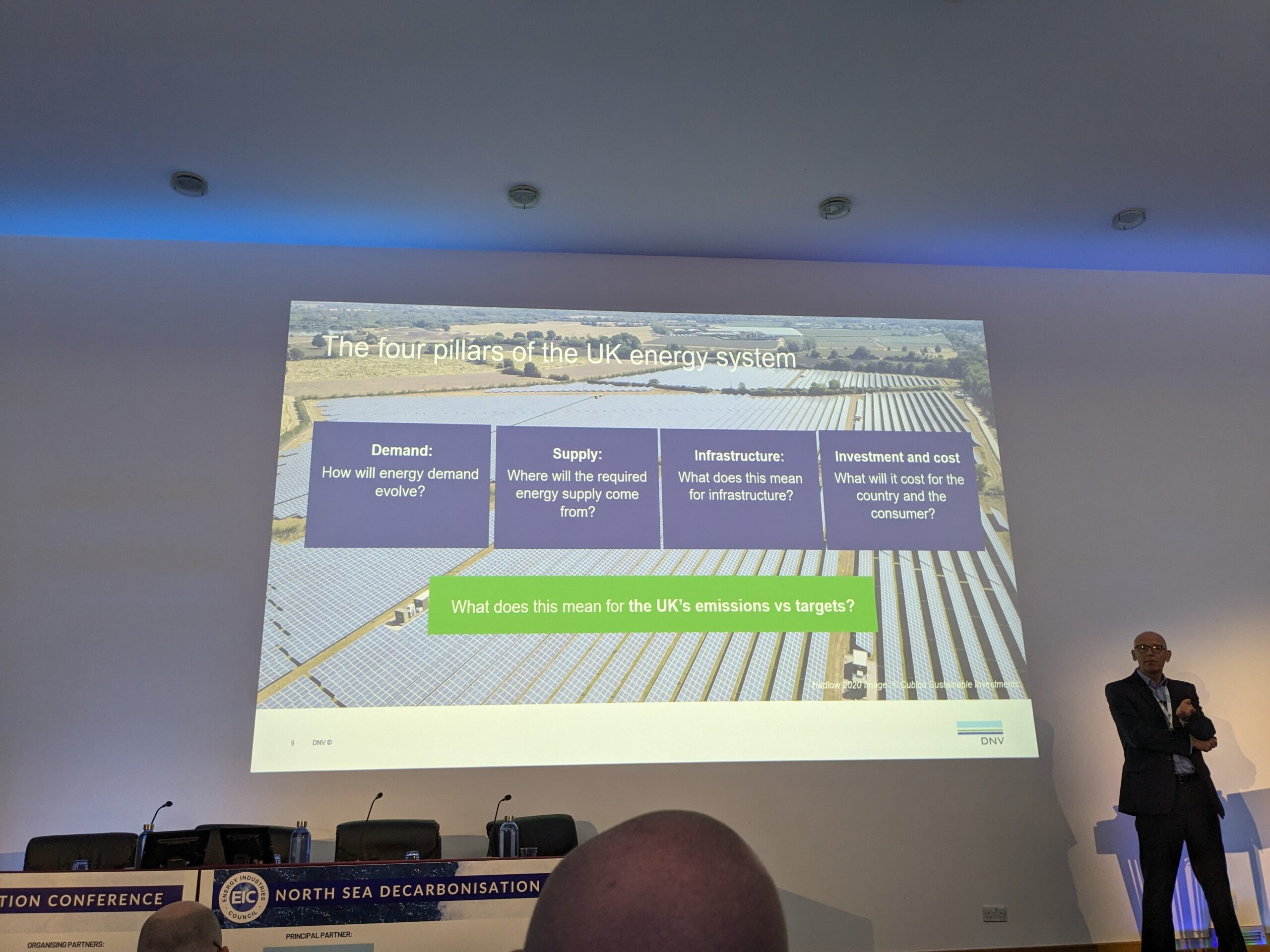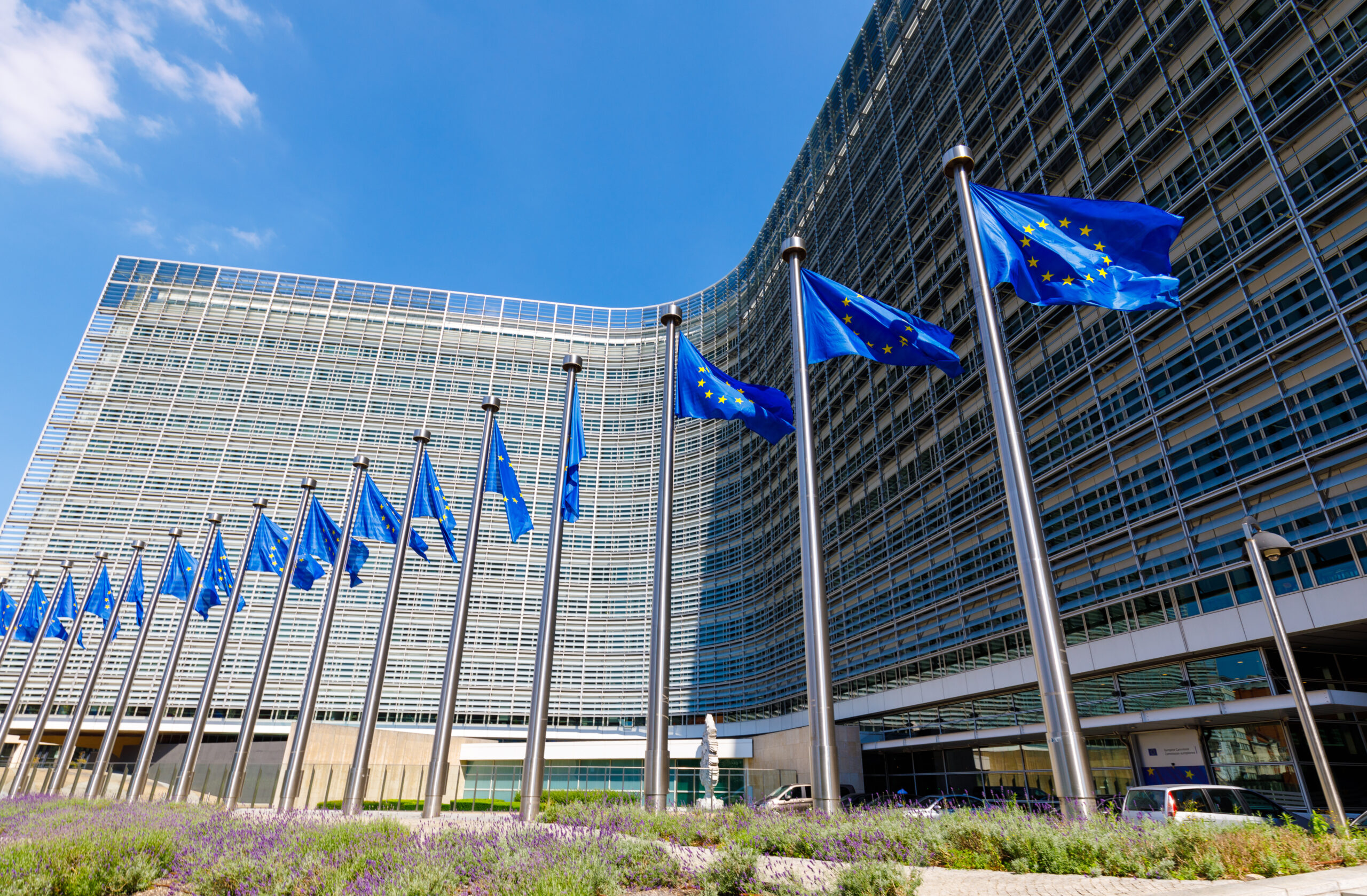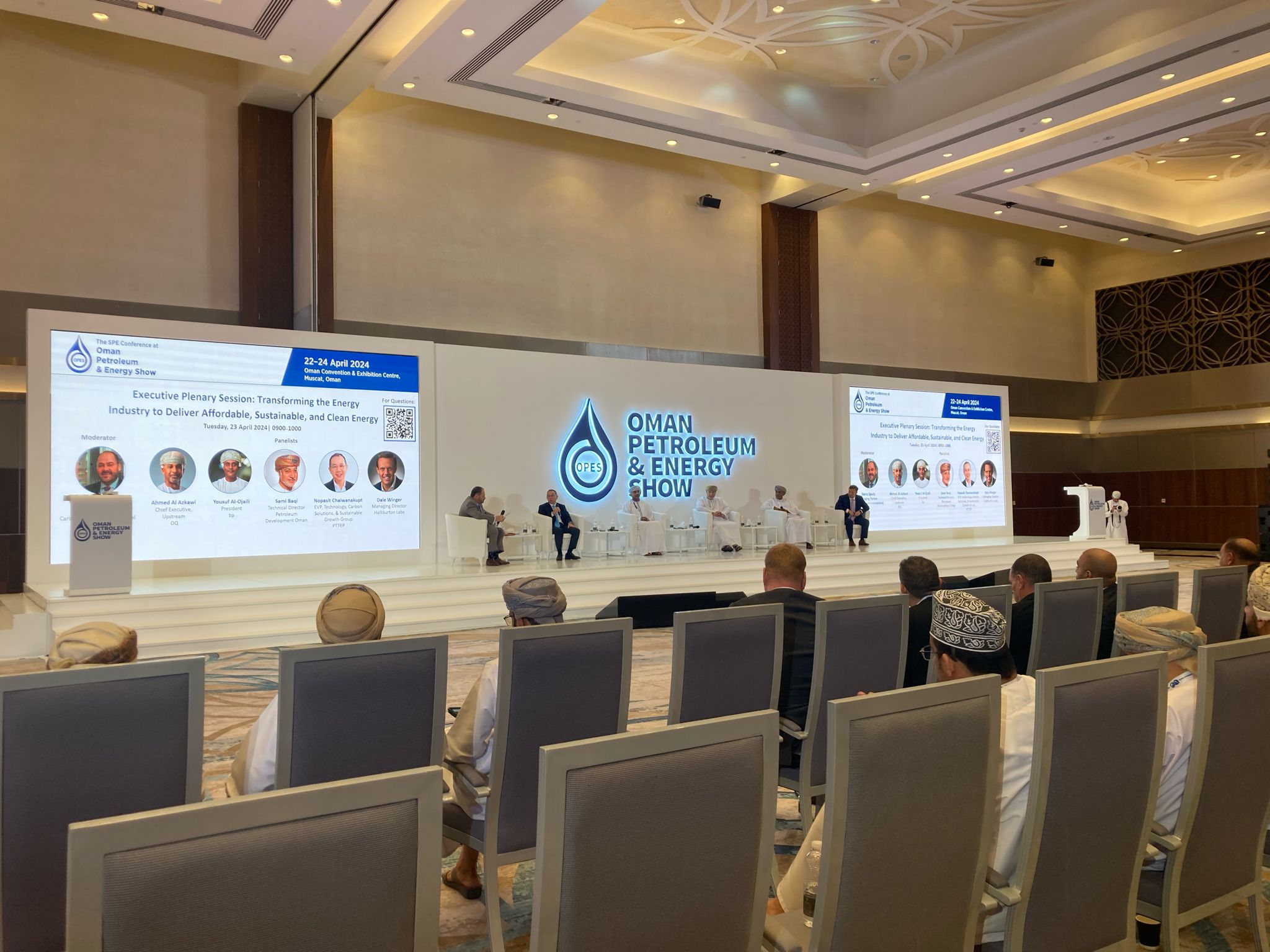Norway’s Equinor tries to strike balance with Snøhvit Future
Equinor’s recently-approved Snøhvit Future project is an attempt to balance ongoing gas production with decarbonisation.

Equinor’s Snøhvit Future project, which was approved by the Norwegian government in August, represents the oil and gas company’s attempts to extend production while simultaneously reducing greenhouse gas (GHG) emissions.
The NOK13.2 billion (US$1.2 billion) project consists of two major components – onshore compression to extend the life of the offshore Snøhvit gas field by 2028, and electrification of the Hammerfest LNG facility, where the gas will be liquefied for export, by 2030.
The emissions-reduction impact of electrifying the LNG terminal is expected to be significant.
“Snøhvit/ Hammerfest LNG is one of the largest emitting oil and gas projects in Norway, with emissions of up to 1 million tonnes CO2 in certain years,” a Wood Mackenzie senior upstream research analyst, Daniel Rogers, told Gas Outlook. “Therefore, electrification of the LNG facility will allow for significant emissions reduction – 850,000 tonnes of CO2 annually.”
Oil and gas decarbonisation
This comes as many oil and gas companies are increasingly trying to demonstrate their decarbonisation credentials, though some are prioritising this more than others, and government incentives and emissions targets are playing into this.
“O&G is a very energy-intensive industry and fossil fuels have traditionally supplied the bulk of that energy, so electrification and the switch to renewables removes a major source of Scope 1 and 2 emissions,” Emma Richards, associate director for oil and gas at BMI, a FitchSolutions company, told Gas Outlook.
“Electrification is among the more common decarbonisation strategies employed, but it’ll always be paired with other things, such as efforts to improve energy and resource efficiency, to reduce venting and flaring, to improve leak detection and repair, to replace and upgrade equipment and to deploy carbon capture technologies,” she added.
Rogers also sees electrification as having a large role to play in reducing Scope 1 and 2 emissions associated with oil and gas operations.
“From an upstream perspective, power generation often accounts for over 70% of total emissions from a facility. Therefore, electrifying the power components of a facility is key to making a significant reduction in emissions,” he said.
“This is however a major challenge as most facilities are not ‘electrification ready’, meaning costly modifications are required to allow for electrical power supply,” he continued. “We are likely to see more electrification adoption in regions that have high emissions taxes, environmental regulations and/or provide tax incentives for decarbonisation investment.”
Rogers also pointed out that Hammerfest LNG benefits from its location in Norway’s far north, where power prices have historically been cheaper than in the south, so using power from the grid currently makes more economic sense. While this could change with the addition of new power links, electrifying a Norwegian oil and gas project still looks relatively advantageous compared to those elsewhere in the world.
“In Norway, connecting facilities to the grid makes more sense than in other countries given the nature of power mix feeding the electricity grid (mostly hydro power),” said Rogers. “For countries that have a less clean power mix, the argument for facility electrification is less clear. In addition, taking 200 MW of power from the grid to feed an oil and gas facility would likely be met with more criticism in other European countries. Therefore, I feel it’s unlikely that this will be a trend amongst big European gas projects more broadly.”
Buyers’ interests
In the longer run, producers globally may find themselves under more pressure to decarbonise as buyers increasingly seek less carbon-intensive energy supplies but as gas continues to play an important part in the energy mix.
“Some European gas buyers are already taking greater note of the carbon intensity of their imports and that’s a trend that’s only going to accelerate over time, as emissions monitoring, reporting and verification improves and environmental laws and regulations tighten,” Richards said. “More emissions-intensive producers will face increasing market access issues over the long run, especially in places like the EU.”
And while LNG from Hammerfest could also be sold outside the EU, Norway looks set to be a more favoured supplier to the bloc in the wake of the war in Ukraine and Europe’s resulting pivot away from imports of Russian pipeline gas. Thus, having less carbon-intensive LNG to sell becomes an even more appealing prospect for Equinor given the EU’s push for increasingly cleaner energy.
“Even with the expected declines in regional demand, the loss of Russian gas has left a big gap to plug over a very long period of time and Norway can help with that,” said Richards.
Rogers agreed that the war and its impacts has improved the prospects for supplying Norwegian gas to the EU.
“From my perspective, the loss of Russian volumes into the EU has essentially made Norway the gas supplier of choice for the continent,” he said. “Norway has been a reliable and secure supplier for many years and continued investment in its upstream sector allows for volumes to keep flowing. Also, the relatively pro-oil and gas government are not holding back on project approvals or gas permit increases. The loss of Russian volumes (and spike in gas prices) has pushed Norwegian operators to prioritise gas and accelerate getting gas to market,” he continued.
Rogers does not foresee this changing too much in the near term, particularly if natural gas prices remain elevated – though they are currently lower than the highs seen in 2022.



